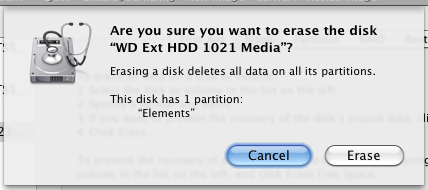

Although the Disk Utility app of Mac OS X can erase free space on Mac hard drive, there is a chance that it might not be able to do so in a secure manner. Along with both Secure Erase and the Erase Free Space. Then reinstall OS X, then Erase Free Space with an overwriting option. Note that while the main volume is filled. Select either of the two volumes in the container for the system (see figure).

If you want your Mac to start up again from the volume you've just erased, select Reinstall macOS in the utilities window, then click Continue and follow the onscreen instructions. Mac 911: How to erase your Macs hard drive the right way. Click Disk Utility at the bottom of macOS Recovery’s screen.When you've finished, close Disk Utility to return to the utilities window.Optional: if you used Disk Utility previously to add internal volumes other than Macintosh HD, you can erase them individually using the same process.If you can't see this button, click Erase instead. Format: APFS or Mac OS Extended (Journaled), as recommended by Disk Utility.Click the Erase button in the toolbar, then enter the requested details:.Select Macintosh HD in the sidebar of Disk Utility.From the utilities window, select Disk Utility and click Continue.If asked, select a user you know the password for and enter their administrator password.Start up from macOS Recovery: turn on your Mac, then press and hold Command (⌘) and R immediately until you see an Apple logo or other image.


 0 kommentar(er)
0 kommentar(er)
